Spaceholders
Camille LeFevre reviews choreographer Morgan Thorson's new work, "Spaceholder Festival," recently premiered at Red Eye Theater in Minneapolis
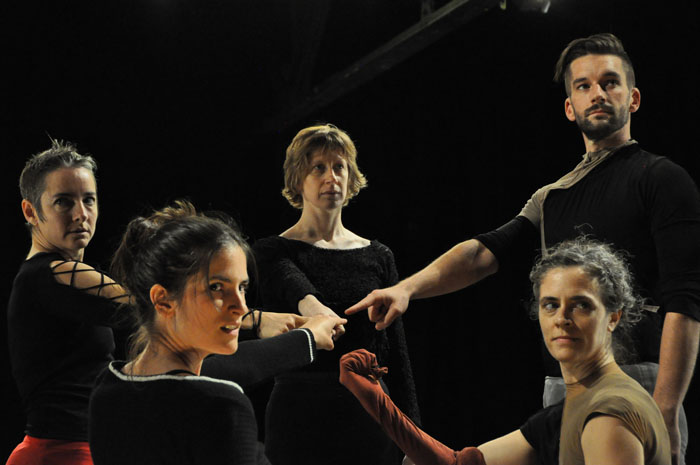
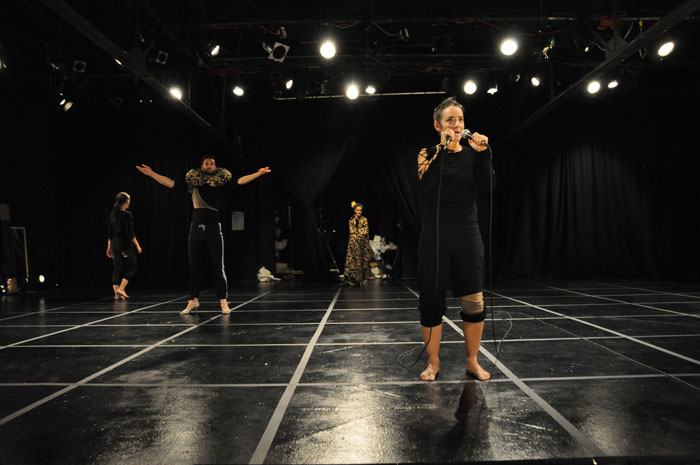
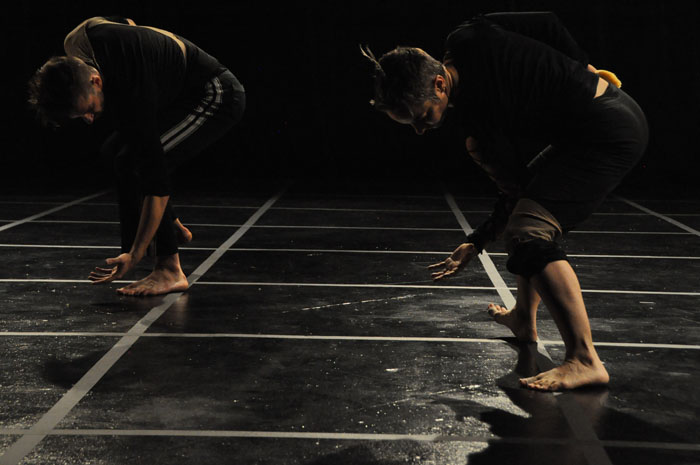
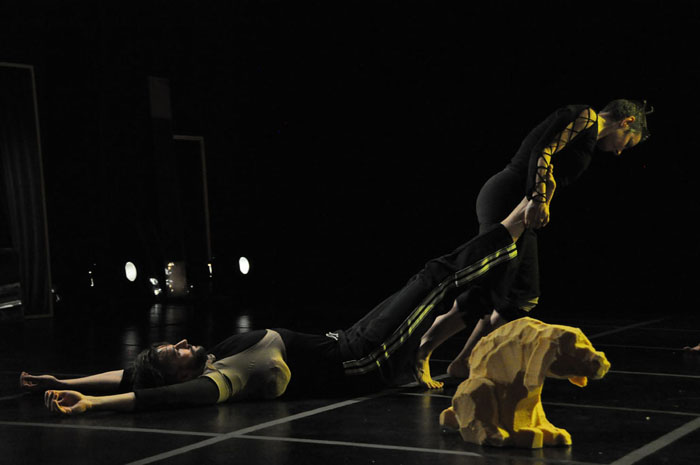
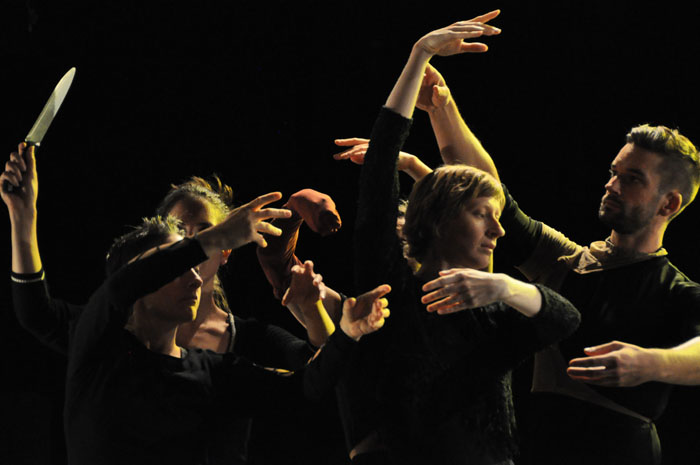
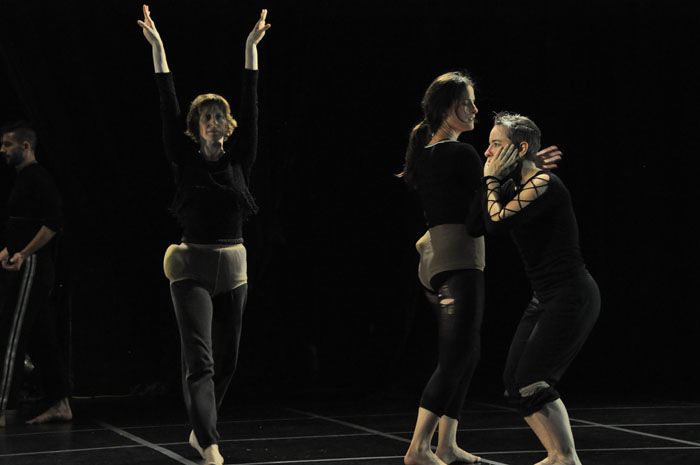
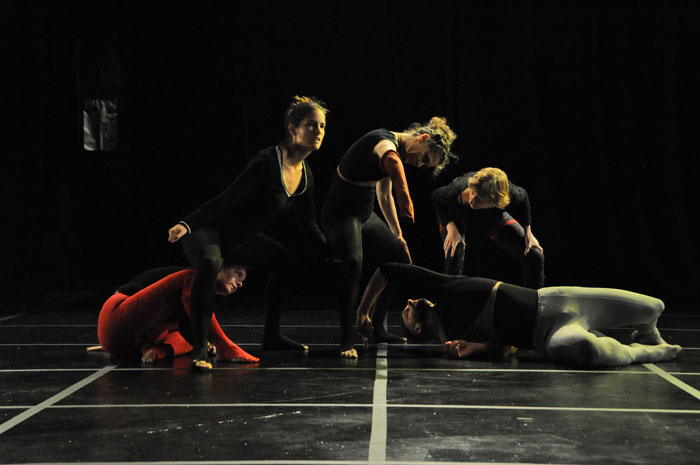
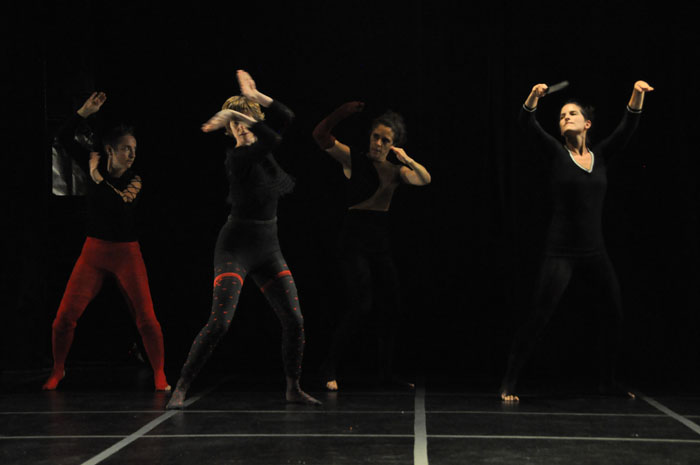
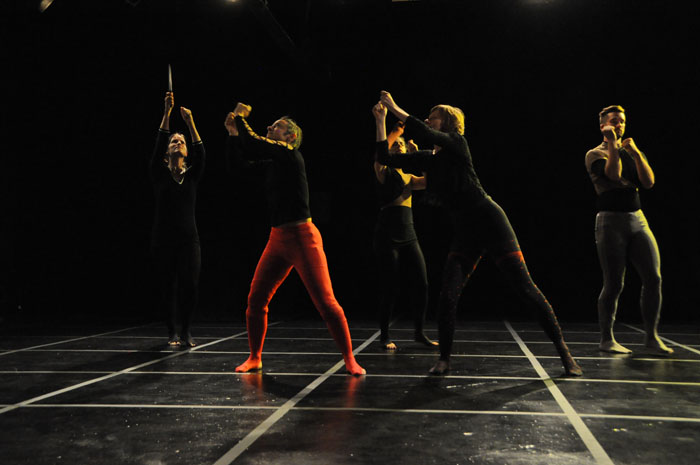
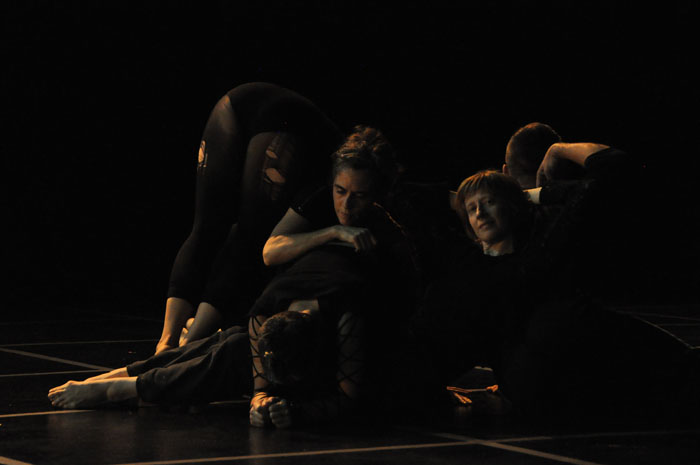
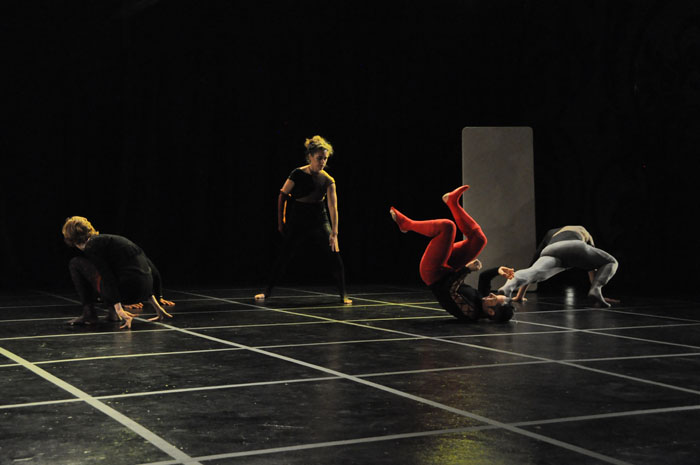
SO, WHAT EXACTLY IS A ‘SPACEHOLDER?’ I asked my friend Sarah as we perused the program for Morgan Thorson’s new work Spaceholder Festival, which premiered at Red Eye Theater last week. “Saving the space for what you really want to go there,” she replied. Of course. After experiencing Thorson’s revelatory and referential work, however, which, in part, plumbs the dance lexicon (and everyday life), while simultaneously inverting familiar moves, poses and movement qualities through an acute and often amusing examination of absence, I decided to consult my online dictionaries. Just for fun.
“Spaceholder,” as it turns out, isn’t a real word. It appears in computer template discussions, and as a title for a blog, sculptures, jewelry and dance performances other than Thorson’s. The word we were thinking of was actually “placeholder.” And according to thefreeditionary.com, a placeholder is:
1. One who holds an office or place, especially:
a. One who acts as a deputy or proxy.
b. One who holds an appointed office in a government.
2. In a mathematical or logical expression, a symbol that may be replaced by the name of any element of a set.
3. In the decimal form of a number, a digit that is not significant.
Those definitions (proxy, replaced by, not significant) are ironic, given just how essential and profoundly significant Thorson’s performers (Hannah Kramer, Karen Sherman, Kristin Van Loon, Jessica Cressey, Max Wirsing) are to the piece. In fact, the centrality of the performers’ roles in the work effectively inverts “placeholder” into “spaceholder:” they shape, define, proscribe and articulate space and its lack of that which we imagine would “go there.”
The performers accomplish this in a variety of ways, aided by props (blankets, upholstery brocades, bits of upholstery foam and other detritus) and a marvelous sound score by Sxip Shirey, with design by Sherman and Thorson.
Pause, please: I challenge you to name another choreographer who mines our trove of popular music with an alacrity, subversion, wit, and reflective observation equal to Thorson’s. For Spaceholder Festival, Thorson’s music selections include the Doobie Brothers’ “Minute by Minute,” a remix of Led Zepplin’s “Kashmir” with most of the vocals stripped out, and a remix of Wings’ “Live and Let Die,” mixed in with Shirey’s original compositions. Early in the piece, Thorson juxtaposes the slings and heaves of Shirey’s lush music—which displaces sound and air like a falling guillotine, or the undertow of a tsunami—with the dancers coursing through space with balletic flow, saucy curves, or while gesturing the playing of musical instruments. (Pause, over.)
Not miming, but gesture – because within gesture lies the mystery of what is lacking: the instrument, if you were miming, you would be playing; the full realization of a not-quite-monster, not-quite-Michelin-man as Van Loon walks, like a cardboard cutout but with an engaging smile. In this sense, gesture is a fundamental aspect of Spaceholder Festival. There are no “empty” gestures here, per se. Rather, you see shapes, poses, postures that are pushed, pulled, and repositioned to indicate the invisible, the displaced, the not-explicitly-communicated.
______________________________________________________
The gestures represent an architecture of involvement — with every gesture sufficiently recognizable, yet also oblique enough to invite multiple interpretations.
______________________________________________________
These gestures also represent an architecture of involvement, as when Cressey is pinned down, Gulliver-like, only to whirl free and then intersect with others again, in intricate, interlaced pileups of faces and limbs. Every gesture is sufficiently recognizable, yet also oblique enough to invite multiple interpretations. The palm on the forehead during a statuesque pose during “Minute by Minute:” Is it a reference to Martha Graham’s iconic move in Letter to the World, which Merce Cunningham, in turn, featured in Antic Meet as an homage/send up to Graham? Or, does it come from vogueing? The palm-on-forehead move reaches its apotheosis when Van Loon, draped in brocade, strikes the pose with a bit of foam perched, like a darling chapeau, on her head.
The fabric, the foam and other stuff initially arrive on stage with Cressey, who, while riding in a blanket being scooted across the floor, exuberantly tosses these placeholders, these artifacts of our modern world, out onto the floor. The stuff is also quickly sorted into piles on a table; picked through, selected, and danced with as prop and partner; passed with blinding-fast intricacy from person to person; and rendered literally invisible when covered up by a blanket.
Bodies are also noticeably covered up. Or they become visible, corporeal manifestations of a thought, experience, emotion that almost defies expression, as when Kramer wrenches movements out of her body; or when Sherman, during “Kashmir” – amidst a flurry of twisting, leaping and precise, dancey movements –seems to turn herself inside out with such speed, dexterity, and anguish – the moment is breathtaking.
All of these gestures, movements and props are artifacts, of a sort, of American culture, as is the auctioneering that begins with Kramer (a licensed auctioneer) and ends with Sherman (who, based on this performance, could become one). A collection of mirrors stands against one wall. Curtains at the back of the stage are gradually pulled back to reveal yet more detritus and a clipboard on which the performers make notes. The floor on which this all occurs is a grid of squares, which could mean nothing or everything. There are hints of violence: Kramer wields a knife in the opening moments of the show; she grabs a scissors toward the end, with which she cuts out a piece of foam embedded in Cressey tights. There are hints that those foam pieces, jutting out from the shirts or sleeves of other dancers, may speak to how memory sticks to us, or how our reliance on stuff deforms our sense of self (not to mention our physical bodies), or how a physical, intangible thing can become a “part” of us.
Threading through these bits, like the straight lines forming the floor grid that brackets each square firmly in place, is a singular choreographic intelligence in which bemusement, inquiry, and craft find equal footing. Across those spaces, which really know no bounds, occurs a festival (thefreedictionary.com definition #3: “Revelry; conviviality”) of movement investigation in which space is inscribed and erased, filled and emptied, defined and redefined.
Space is, after all, one of the primary elements of dance. And dancers, through shape, motion, direction, and gesture, are our spaceholders.
______________________________________________________
Noted performance details:
Spaceholder Festival, choreography by Morgan Thorson, was at Red Eye Theater in Minneapolis July 20-26.
______________________________________________________
About the author: Camille LeFevre is a Twin Cities’ arts journalist and college professor.